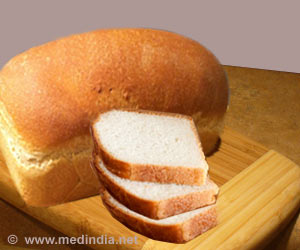
Curious, a group of intrepid Israeli researchers went back to the dawn of the Stone Age to make lunch for themselves.
The researchers reconstructed how their ancestors processed wild barley to produce groat meals and "proto-pita" -- small loaves of coal-baked, unleavened bread.
The results was a yummy, pre-historic cuisine. Huzuq Musa is estimated to have had a population of about a hundred people.
"The four large threshing floors discovered near the site - and its accompanying tools - could have produced a sufficient quantity of processed barley for its estimated inhabitants," said professor Mordechai Kislev, expert in archaeo-botony from Bar-Ilan University in Israel.
The findings show that wild-grain-based nutrition emerged some 2,000 to 3,000 years before our hunter-gatherer forefathers established the sedentary farming communities which were the hallmark of the "Neolithic Revolution".
Advertisement
The fresh experiment began by collecting spikelets - the coated grains of a cereal ear - from wild barley.
Advertisement
After de-husking, the grain was scooped out of the conical mortar by hand then placed into a small cup cut in the adjacent bedrock.
From there, it was transferred for filtering in a small-gauge sieve.
"This was a kind of labour-saving device, making it easier to transfer the grain and waste material to a sieve or other vessel," added archaeologist Dr David Eitam.
The discovery of this sophisticated agro-technological system indicates that Natufian society made the shift from hunting-gathering to an agriculture-based economy, which was possibly extant 3,000 years before the domestication of cereal, he informed.
The research team had independent researchers as well as faculty members from Bar-Ilan and Harvard Universities.
The findings were published in the journal Plos One.
Source-IANS









